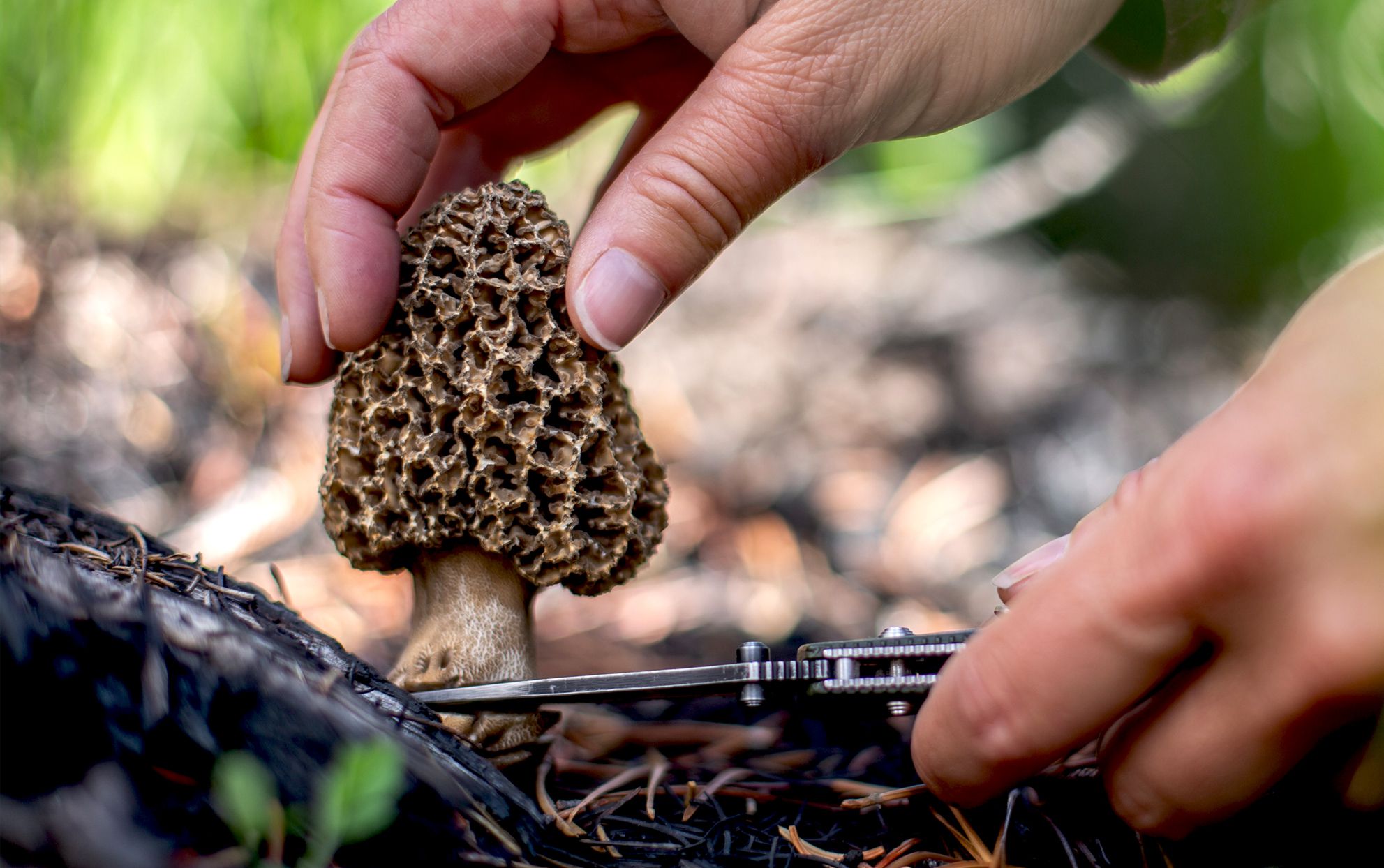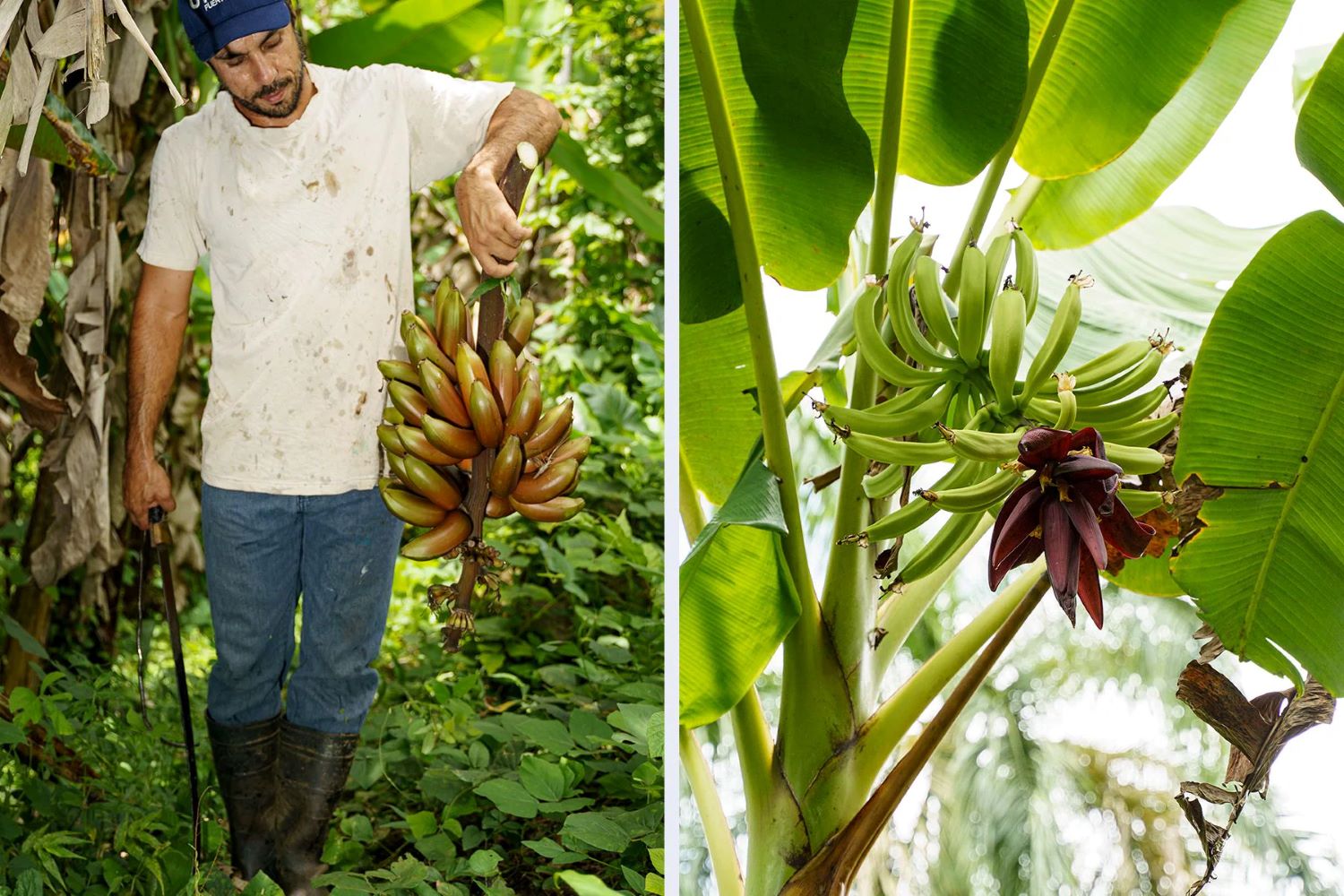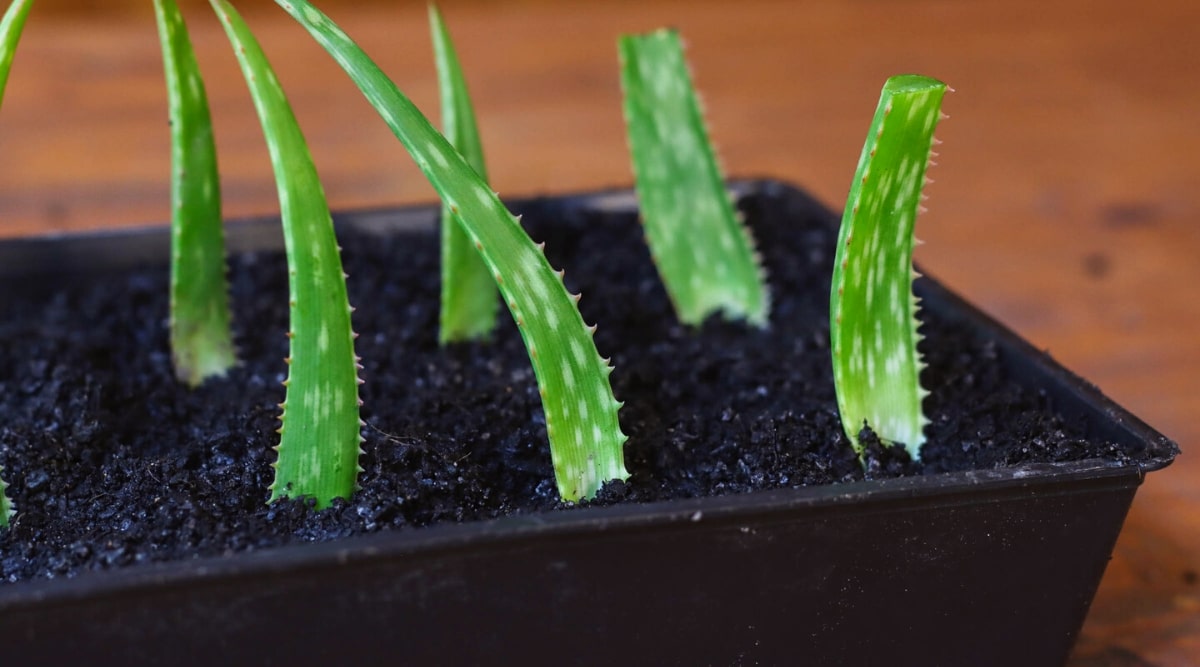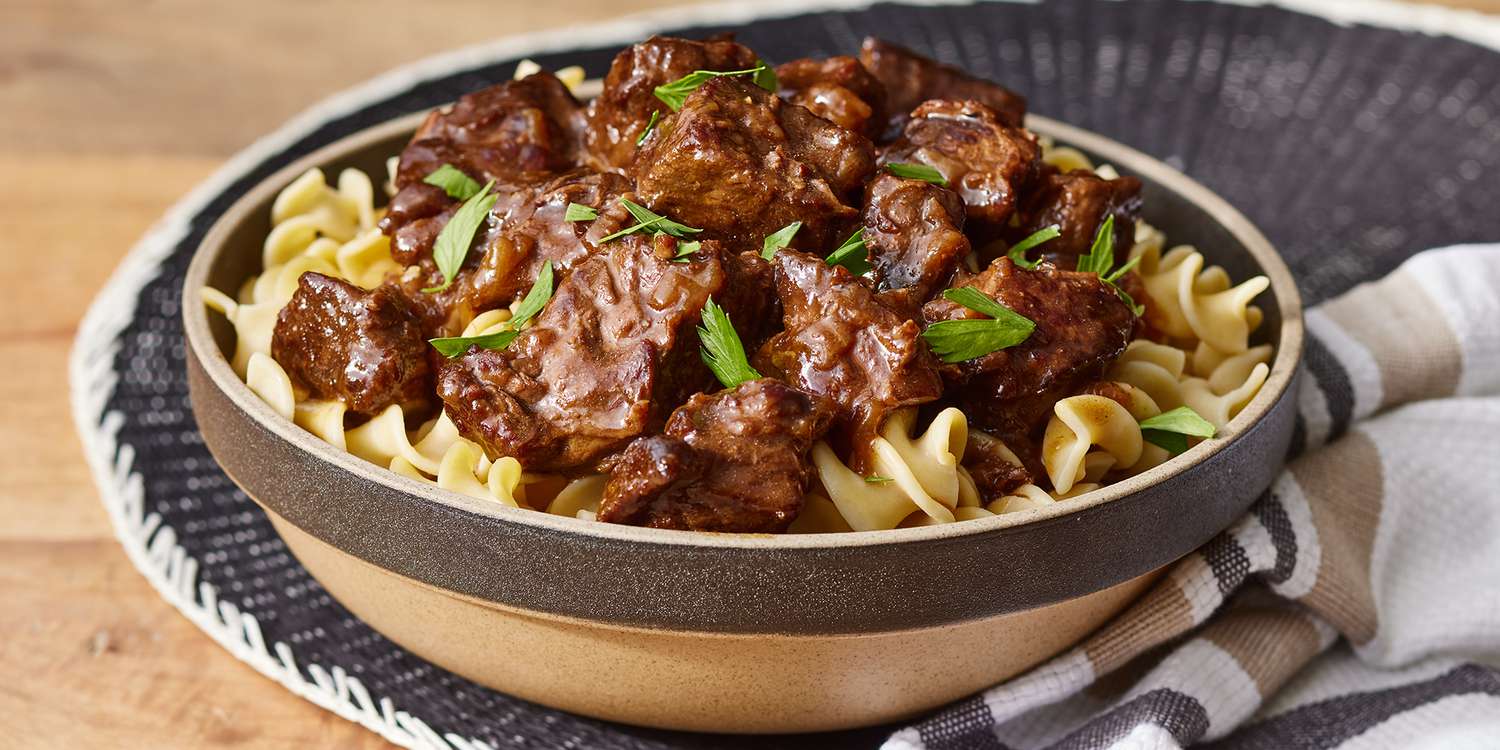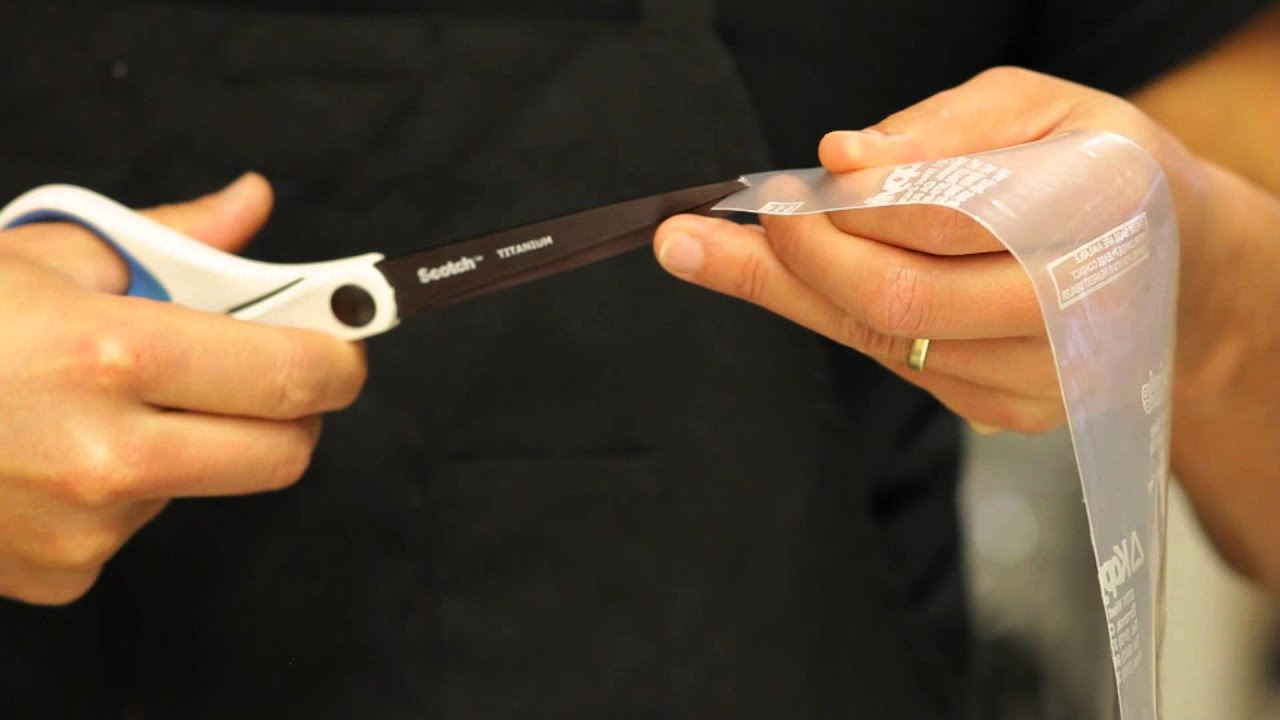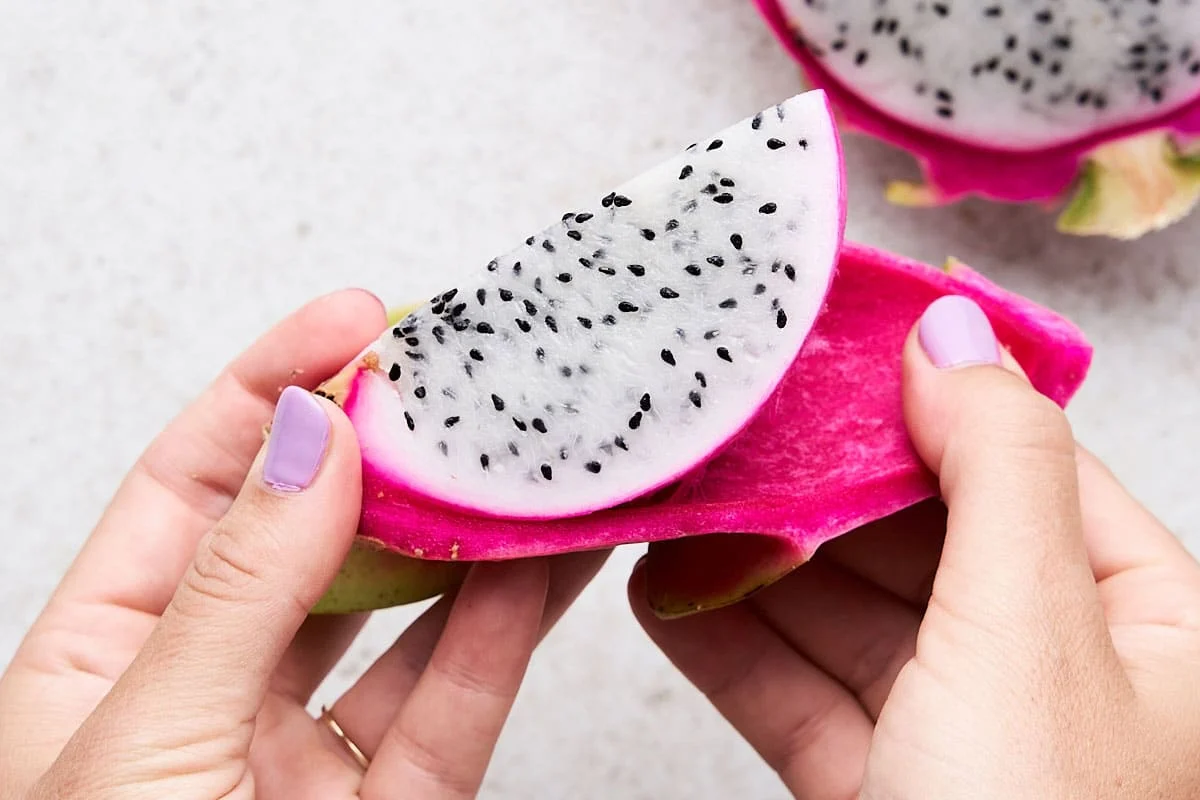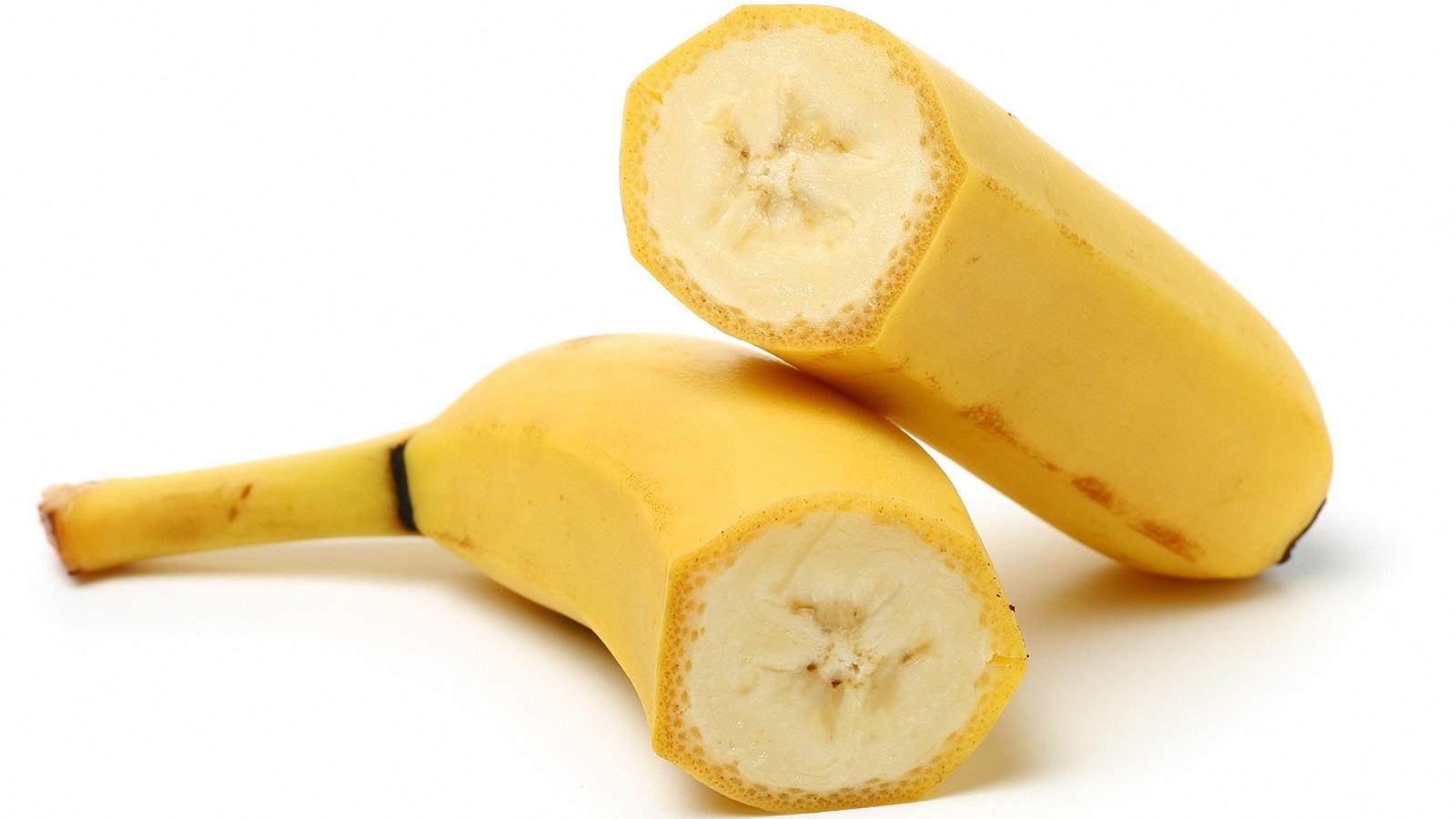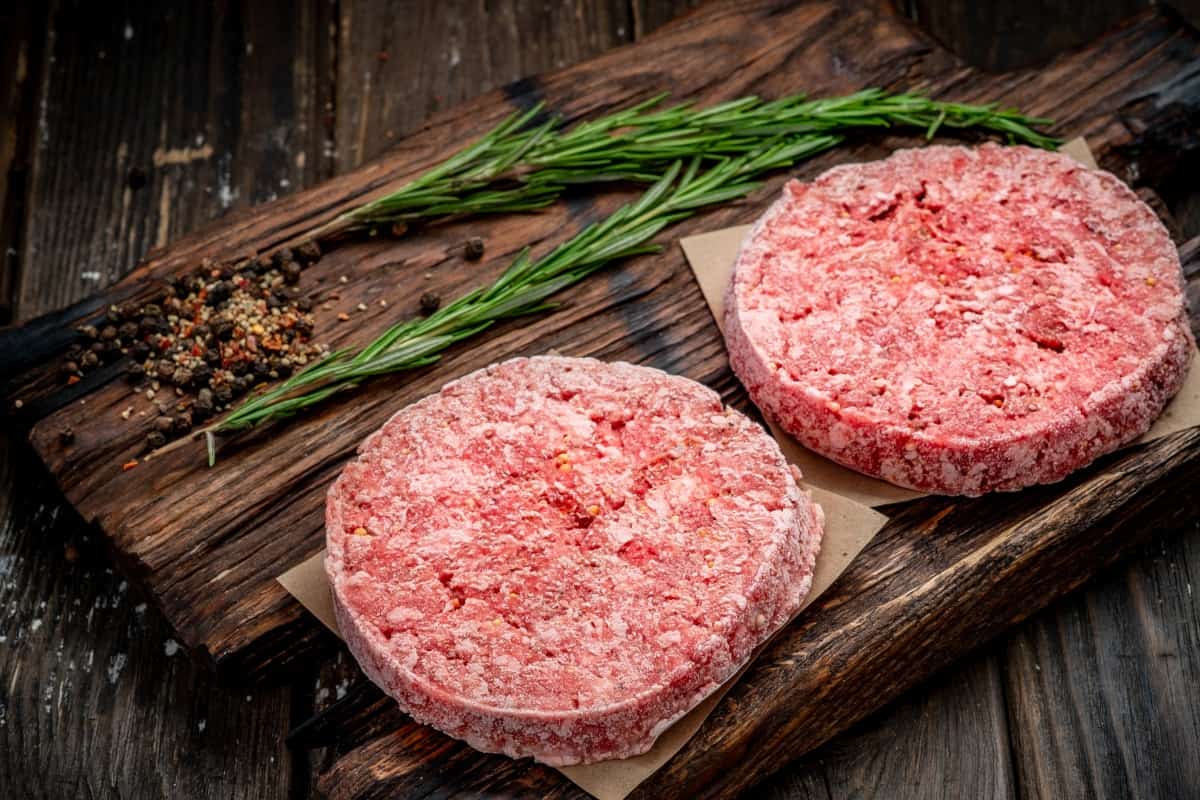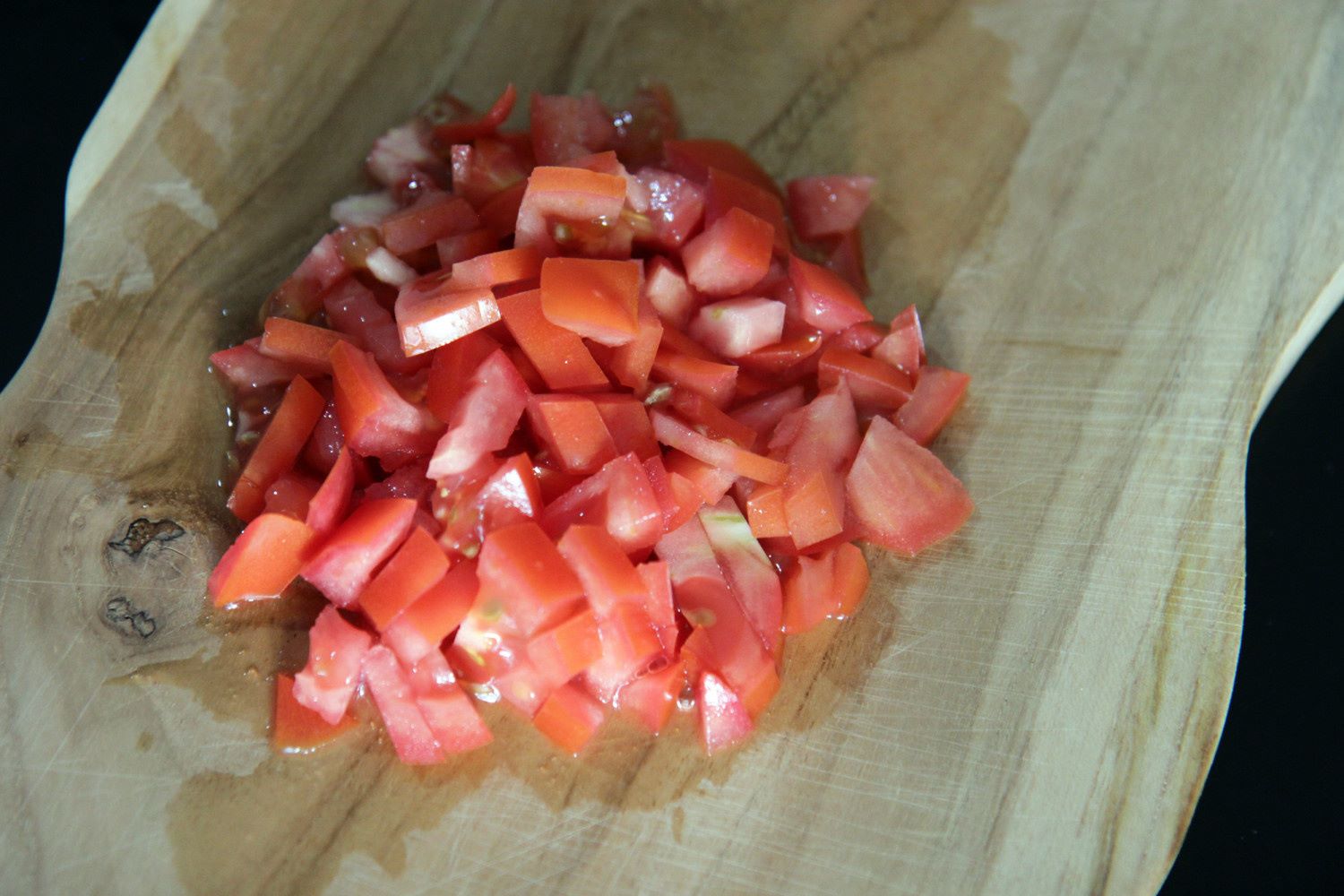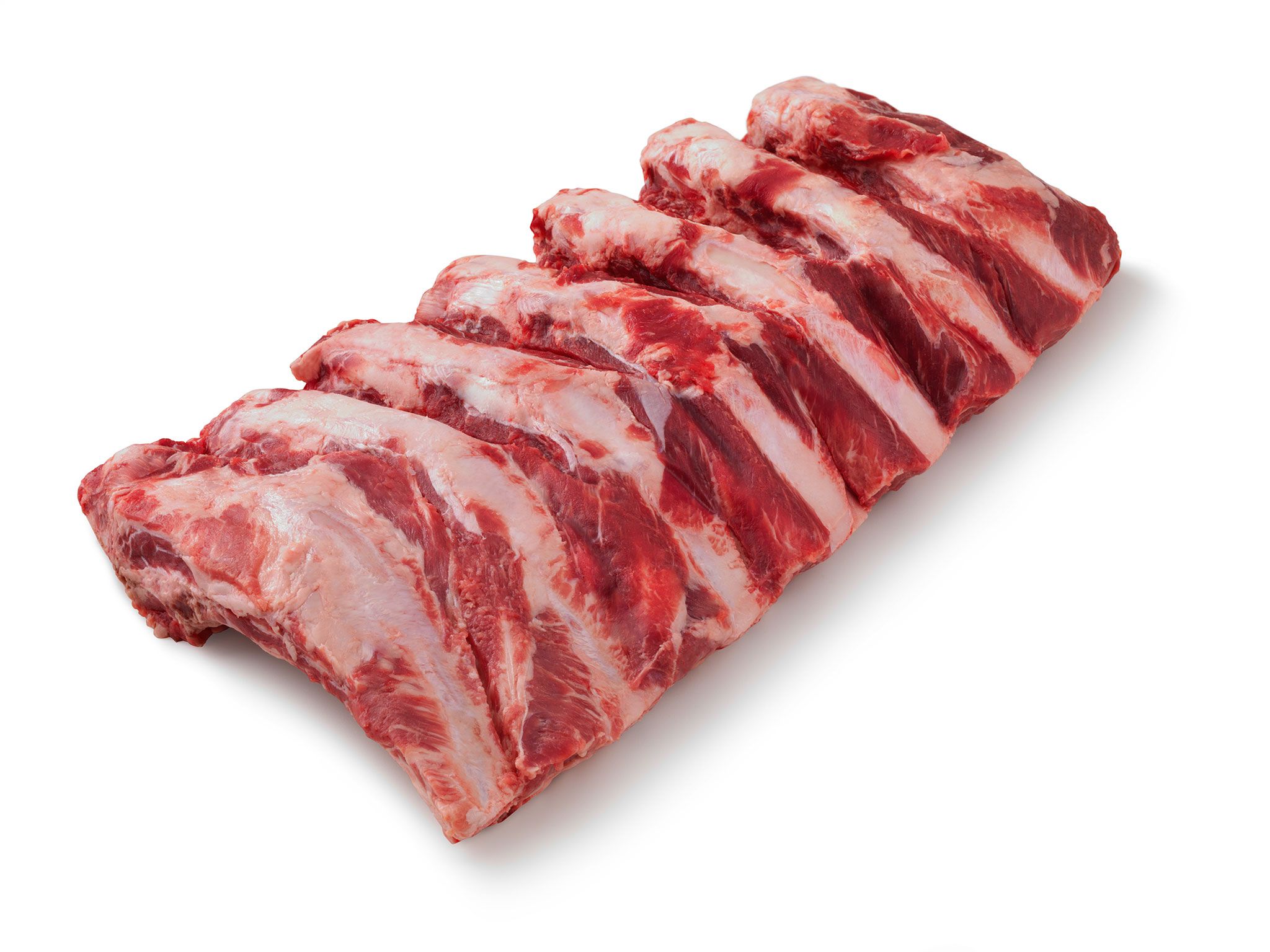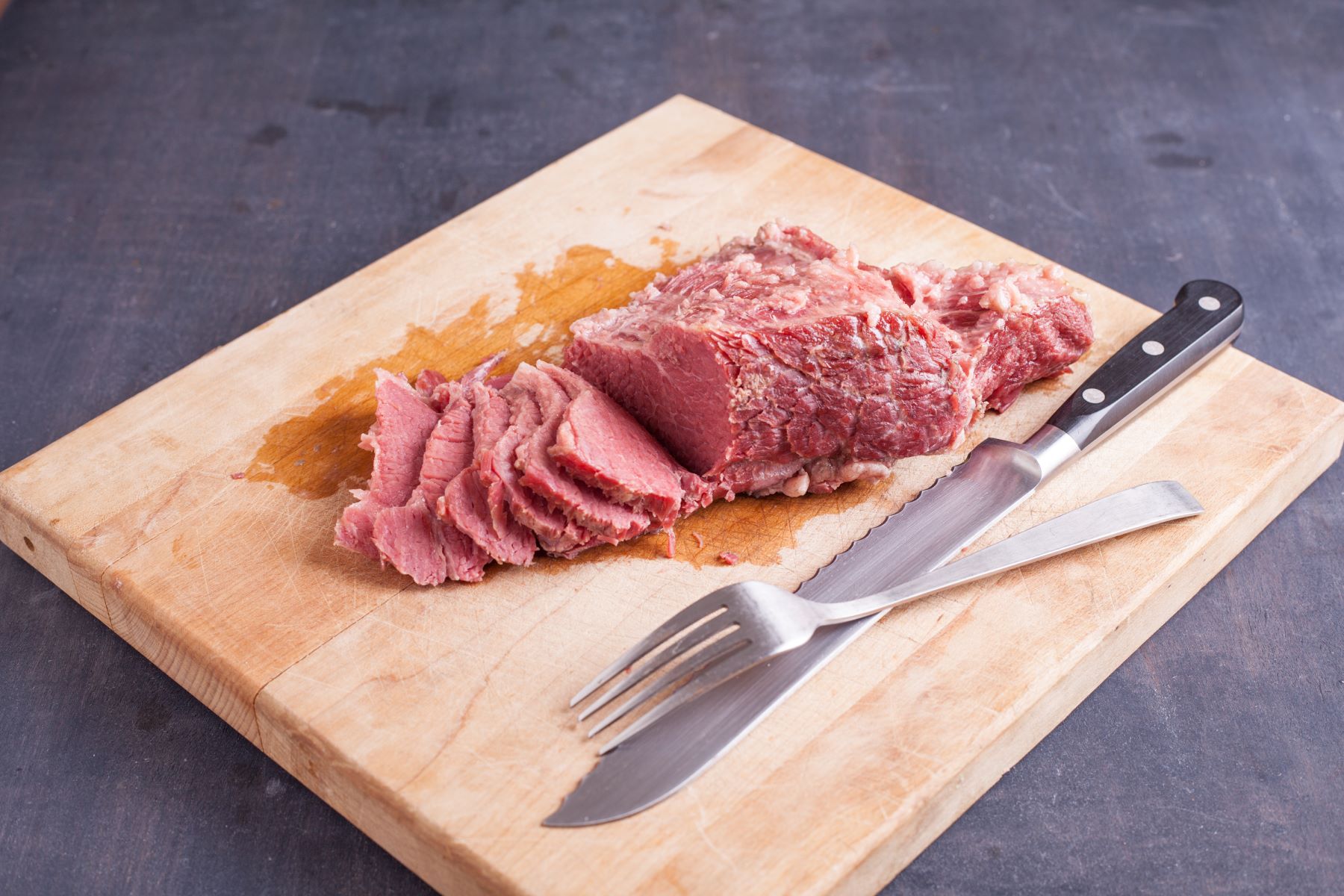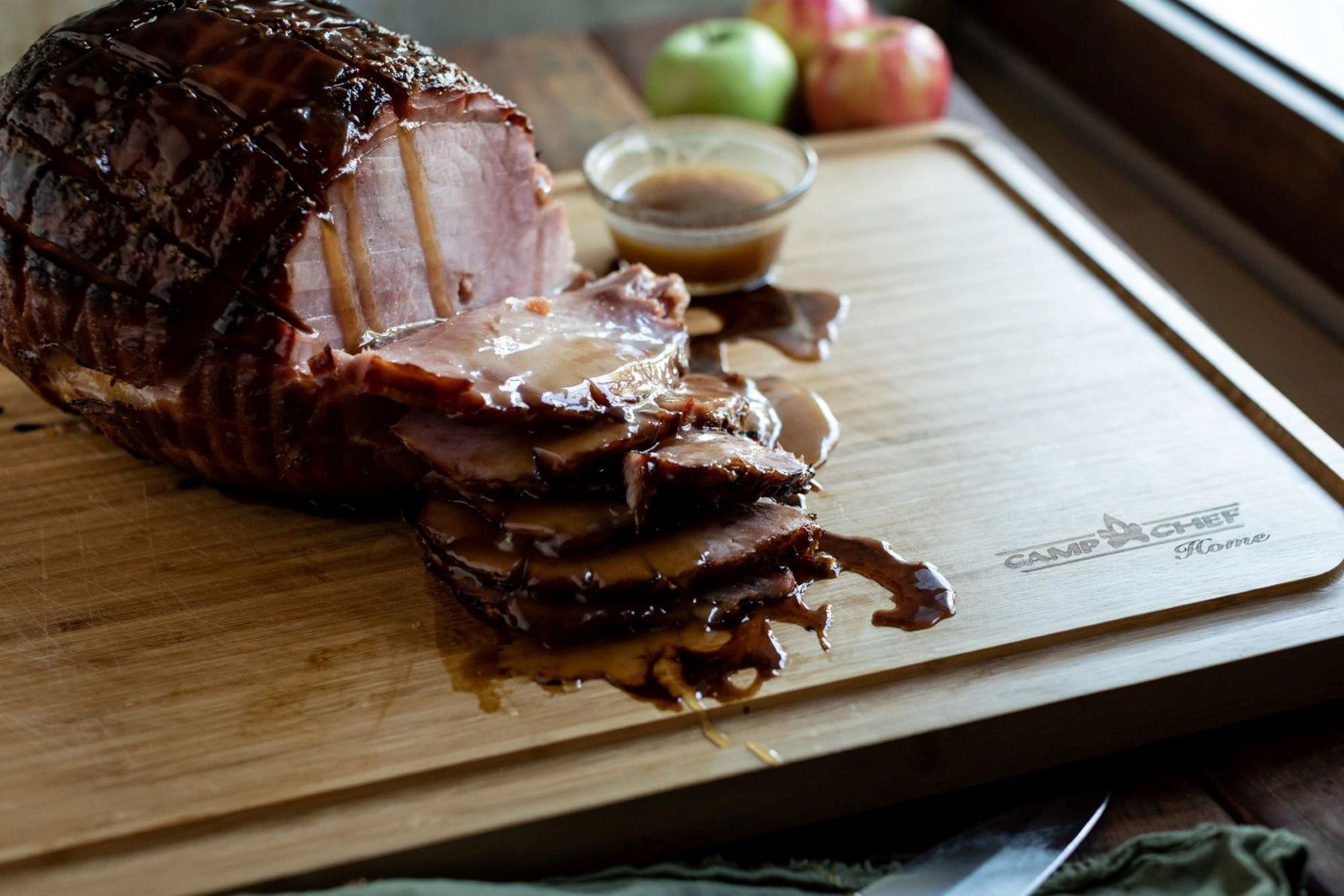How To Cut Veggies For Skewers
Creating a colorful and delicious vegetable skewer is not only visually appealing but also incredibly tasty. The secret to making the perfect skewer lies in how you cut your veggies. By paying attention to the shape, size, and consistency of your vegetables, you can ensure that your skewers are not only beautiful but also evenly cooked.
Here are some expert tips on how to cut veggies for skewers:
1. Choose the Right Vegetables:
When selecting vegetables for your skewers, opt for those that hold their shape well when cooked. Some great choices include bell peppers, zucchini, mushrooms, cherry tomatoes, red onions, and eggplant. These vegetables not only provide a variety of flavors but also offer a vibrant and appealing skewer.
2. Uniformity is Key:
Cut your veggies into similar sizes to ensure they cook evenly. Aim for uniform pieces that are approximately 1 to 1.5 inches in diameter. This will allow for even heat distribution and prevent some pieces from becoming overcooked while others remain undercooked.
3. Keep it Bite-Sized:
Remember that skewers are meant to be enjoyed in a single bite. Cut your veggies into bite-sized pieces to make them easy to eat. Think about the size of your skewer and adjust your cuts accordingly. Larger veggies may need to be halved or quartered, while smaller ones can be left whole.
4. Shapes & Texture:
Consider the shape and texture of your veggies to add visual interest to your skewers. For example, you can cut bell peppers into squares or triangles and use a melon baller to scoop out small balls from zucchini or eggplant. These variations in shape can make your skewers look more appealing and exciting.
5. Skewer Order:
When assembling your skewers, think about the order in which you place your veggies. Alternate colors and textures to create a visually pleasing presentation. This way, each skewer will be a mini work of art that not only tastes great but also looks inviting.
6. Don’t Forget the Marinade:
To enhance the flavors of your grilled veggie skewers, consider marinating them before cooking. A simple marinade of olive oil, garlic, herbs, and a splash of lemon juice can make a world of difference. Allow the veggies to marinate for at least 30 minutes to infuse them with delicious flavors.
7. Grill to Perfection:
When it’s time to cook your skewers, preheat your grill to medium-high heat and grill them for 8-10 minutes, turning occasionally to ensure even cooking. Keep an eye on the veggies to prevent them from charring too much.
Now that you know how to cut veggies for skewers, it’s time to put your skills to the test. Experiment with different vegetables, marinades, and flavors to create your own amazing skewer combinations. Whether you’re grilling for a backyard barbecue or hosting a summer party, these beautifully cut veggie skewers will impress your guests and satisfy their taste buds!
Was this page helpful?
Read Next: How To Cut And Roast Butternut Squash
